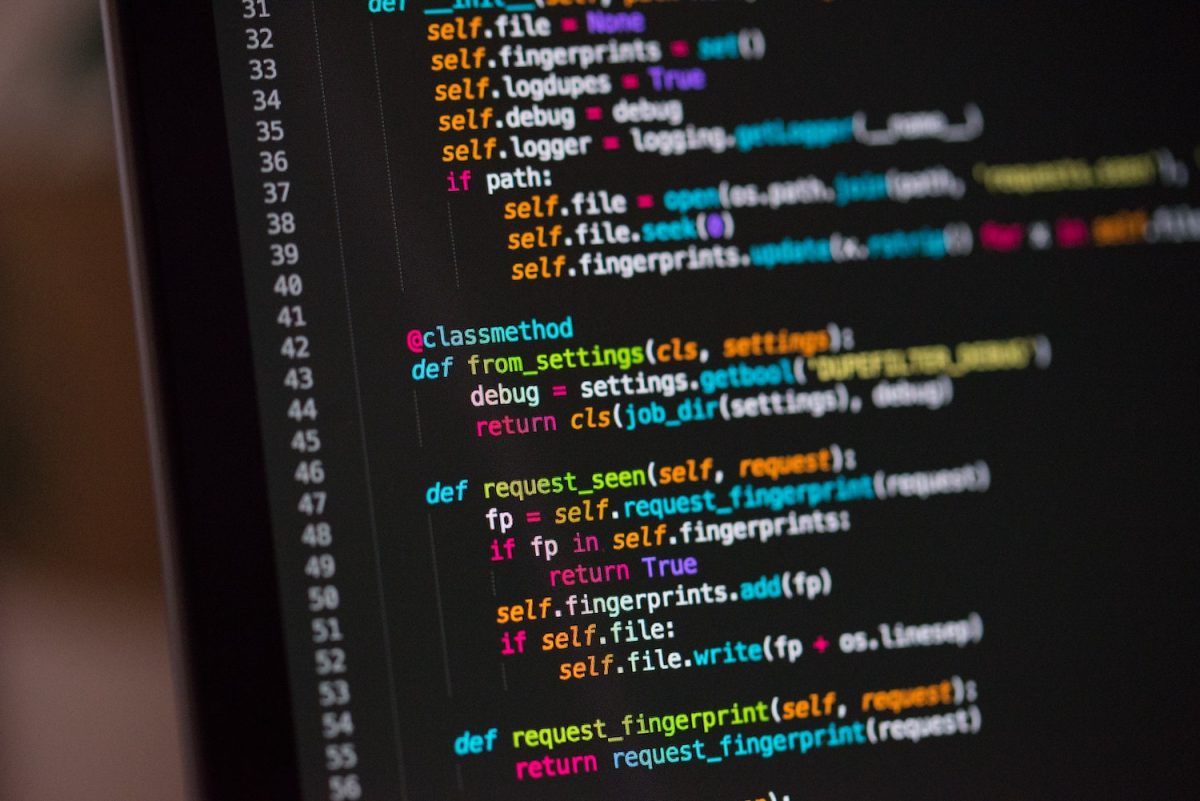Web scraping and data mining are two phrases often used in the same sentence. But while they share a lot of similarities and use cases, they are fundamentally different from one another.
Both concepts are gaining in popularity in online spaces. Whether it’s a company publicizing their latest projects are individual users working on personal projects, web scraping and data mining are a hot topic.
But what’s the difference, and how do you know which one to use for your next project? Let's take a look.
What Is Web Scraping?

Web scraping is the practice of extracting data directly from websites. Generally, web scraping has three main requirements; target website, a web scraping tool, and a database to store harvested data.
With web scraping, you’re not limited to official data sources. Instead, you can make use of all publicly available data on websites and online platforms. In fact, if you simply browse a website and manually write down its contents, you’re web scraping.
However, manual web scraping is incredibly time and energy-consuming. Not to mention, the front end of a website rarely has all publicly available data.
How Does Web Scraping Work?
With all the available data online, you’d need an insane amount to start creating something out of it, and human web scraping simply doesn’t cut it.
That’s where specialized web scraping tools come into play. They automatically read into a website’s underlying HTML code. Although, some advanced scrapers could go as far as to include CSS and Javascript elements.
It then reads and duplicates any unencrypted or prohibited data. A good web scraping tool can replicate the public content of an entire website. You can even instruct your web scraping tool to only collect a specific type of data to export into an Excel spreadsheet or CVS.
Ethical and Legal Scraping

An essential part of web scraping is practicing it ethically. While extracting data from a website, your tools are using up the website's server and downloading massive amounts of data. Not only can excessive scraping make the website unusable for other users, but the website owner could also mistake you for a DDoS attack and block your IP address.
Ethical web scraping also includes not forcing your way into web pages that include a Robot Exclusion Standard or Robot.txt content where site owners indicated that they don’t want their data scraped.
When it comes to web scraping legality, as long as you stick to publicly available data, you should be in the clear. But you should still be wary of plagiarism and not using data for its unintended purposes, such as producing discriminatory statistics or unwarranted marketing campaigns.
What Is Web Scraping Used For?
Data extracted via web scraping is often repurposed or used in live applications that require a continuous stream of data. With the right permissions, contact information can be ethically used as leads in marketing campaigns.
The same applies to prices. If you were to create an app that compares prices of specific products or services, you can offer live comparison of prices from various website by scraping their data.
The most common live web scraping application is weather data. Most weather applications on Windows, Android, and Apple devices don’t collect their own weather data. Instead, they import live data from credible weather forecast providers and implement them into their unique app UI.
What Is Data Mining?

Web scraping is the act of harvesting data. The main focus is data and information that has value. With data mining, the goal is to create something new out of your data, even if it has little to no value to begin with.
Data mining focuses on deriving information from raw data by analyzing it for trends and anomalies. You can get this type of data from a variety of sources. While you can scrape web pages for data mining, it’s mostly done through online surveys, cookies, and public records collected by third-party individuals and institutions.
How Does Data Mining Work?
There’s no right or wrong way to mine data. As long as you credit your data sources and produce authentic results, you’re doing data mining right.
Data mining doesn’t focus on why or where you get your data as long as it’s legal and credible. In fact, getting data is the first step of five in data mining. Data scientists still need a proper location to store and work on their data as they segment it into related categories before they visualize it.
Actual data mining is the process of mining data for information. You can do this using simple tools like Excel spreadsheets or run it through mathematical models to extract better info using coding languages such as Python, SQL, and R.
Ethical and Legal Mining

Similarly to web scraping, data mining is legal as long as you use public data or get explicit permission from their owner.
Most problems with data mining are ethical issues. Even if you’ve obtained your data legally, you shouldn’t use that data for insights or research used to discriminate against individuals based on their age, gender, sex, religion, or ethnicity.
You should also ensure that you’re crediting the source of your data. That’s essential whether you downloaded it from a public repository of data or scraped it from web pages.
What Is Data Mining Used For?
While web scraping is mostly used for repurposing, data mining mainly focuses on creating value from data. Most projects that require data mining tend to fall under data science instead of technical projects.
For one, data mining could be used for online marketing, either by collecting third-part data or mining your own business’s data for insights. Data mining also has scientific and technical applications. For example, meteorologists mine massive amounts of weather data to forecast the weather with high accuracy.
Sometimes, You Need Both Data Mining and Web Scraping
Web scraping and data mining aren’t synonyms and mean completely different things. But that doesn’t mean you have to choose one over the other every time.
More often than not, web scraping can be the only way to collect credible data for mining. And you can use data mining to derive more value from data you previously scraped that has already served its purpose.
Comments
Post a Comment